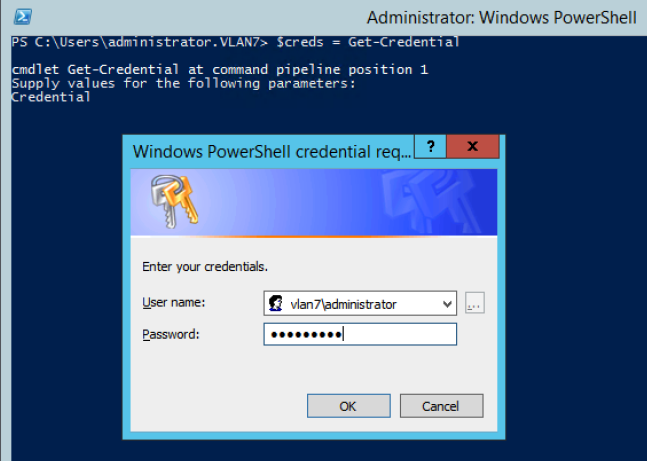
For fun, I took it as an STUArray implementation exercise. The official solution (1606D, Tutorial) is quite imperative: it involves some matrix manipulation, precomputation and aggregation. In this programming problem, the input is an n× m integer matrix. Shared holds conditionally set variables based on the branch the pipeline is running on. dev.yaml contains dev environment specific variable values.
#DUO ADMIN API POWERSHELL CODE#
the build repository is a shared repository for holding code that is used across multiple repos in the build system. It's causing a lot of confusion among developers who think there might be a problem with their builds as a result of the warning.

I'm looking for any ideas on what might be causing this or how I might be able to further troubleshoot it given the complete lack of detail that the error/warning provides. I currently have YAML triggers overridden for the pipeline, but I did also define the same trigger in the YAML to see if that would help (it did not). Nothing is broken and no further details are given about the supposed issue.

The odd part here is that the pipeline works completely fine, including triggers. The pipelines run perfectly fine, however I get a "Some recent issues detected related to pipeline trigger." warning at the top of the pipeline summary page and viewing details only states: "Configuring the trigger failed, edit and save the pipeline again." Removing unassigned devices from Duo helps keep things tidy.I have run in to an odd problem after converting a bunch of my YAML pipelines to use templates for holding job logic as well as for defining my pipeline variables. With this, the Duo-PSModule is ready to roll! Example: Remove un-assigned MFA phones from Duo

The $DuoOrgs hashtable should contain the Integration key, Secret key, and API hostname captured during the Admin API setup above: > cd C:\Temp Lastly, I specified my default Duo org ( $DuoDefaultOrg) and the Admin API connection parameters ( $DuoOrgs) as variables (vs. I also forced TLS 1.2 connectivity in my PowerShell session at the recommendation of Matt in his README. I downloaded the zipped version of Duo-PSModule and extracted it to C:\Temp on my device. Integration key, Secret key, and API hostname - these are needed to configure the PowerShell module later.īefore saving the application, check the boxes for Grant read resource and Grant write resource: Select Applications -> Protect an Application -> Type “ Admin API” and click Protect. The Duo Admin API is exposed by creating a new Application of type “Admin API” in the Duo Console.

Create the Duo Admin API application and grant permissions Admittedly, I was in a hurry so I cut some corners. In this post, I documented the steps I used to get the Duo Admin API and Duo-PSModule setup and some examples of bulk phone removal with PowerShell. To flatten the learning curve, I opted to use the awesome Duo-PSModule PowerShell module created by Matt Egan which is a robust Power Shell wrapper for the Duo Admin API. Removing multiple devices at once may be uncommon but should the need arise, you can do this with the Duo Admin API. This functionality exists for users but not devices: All product names, logos, and brands used in this post are property of their respective owners.Īs I write this post, there is no way to mass delete 2FA devices from Duo via the Admin Console.


 0 kommentar(er)
0 kommentar(er)
